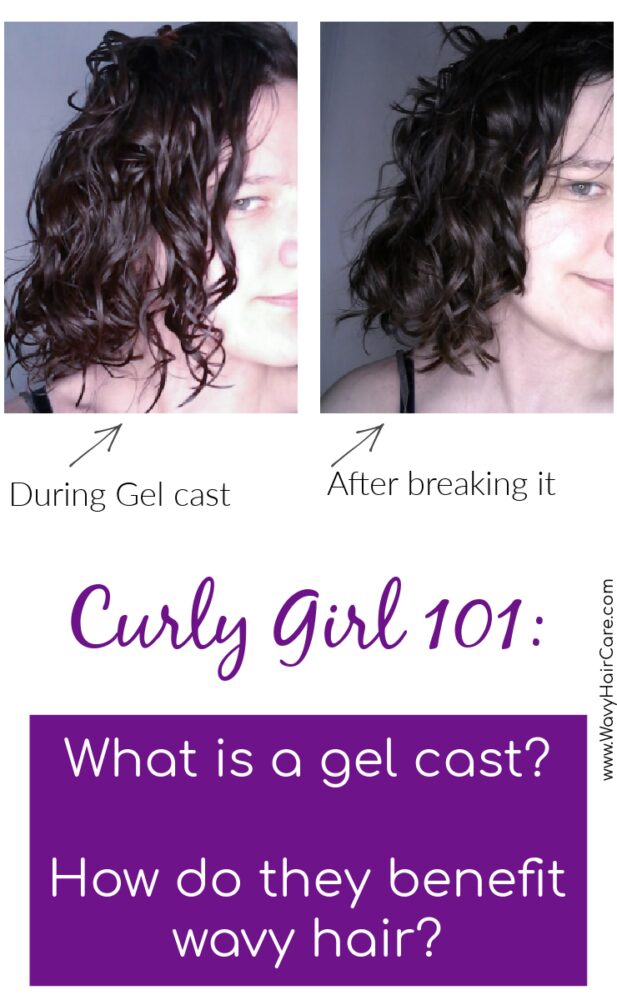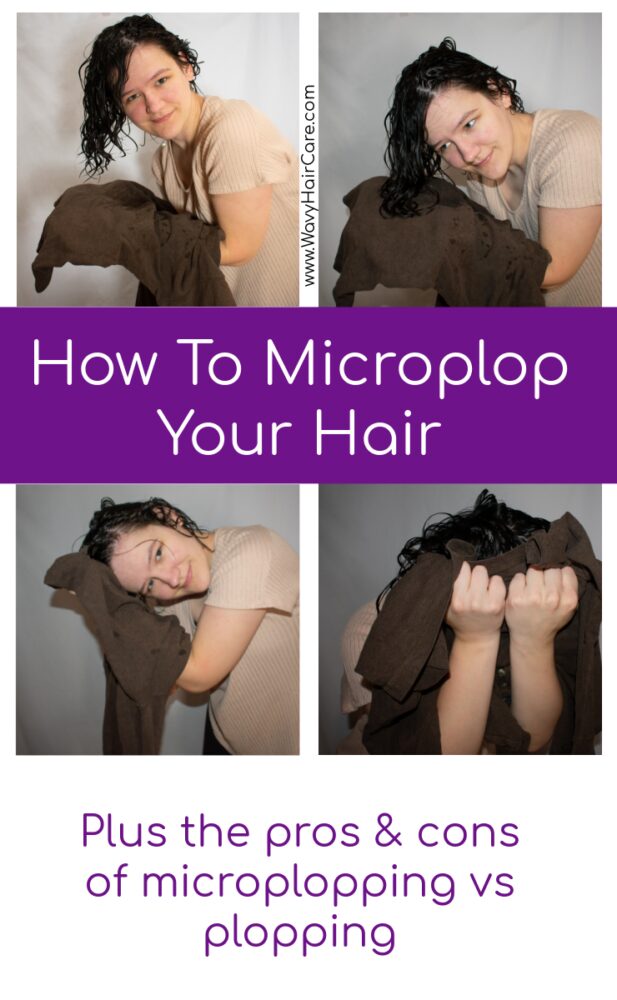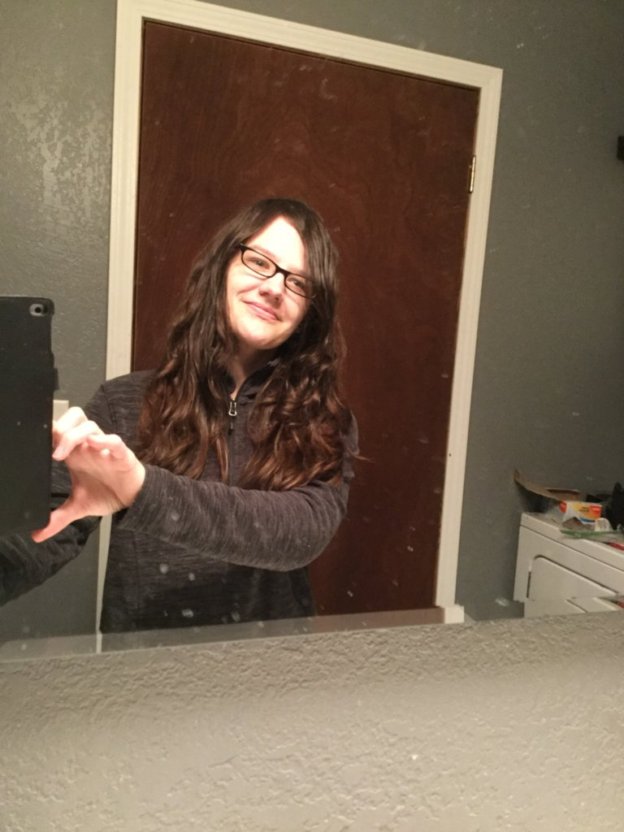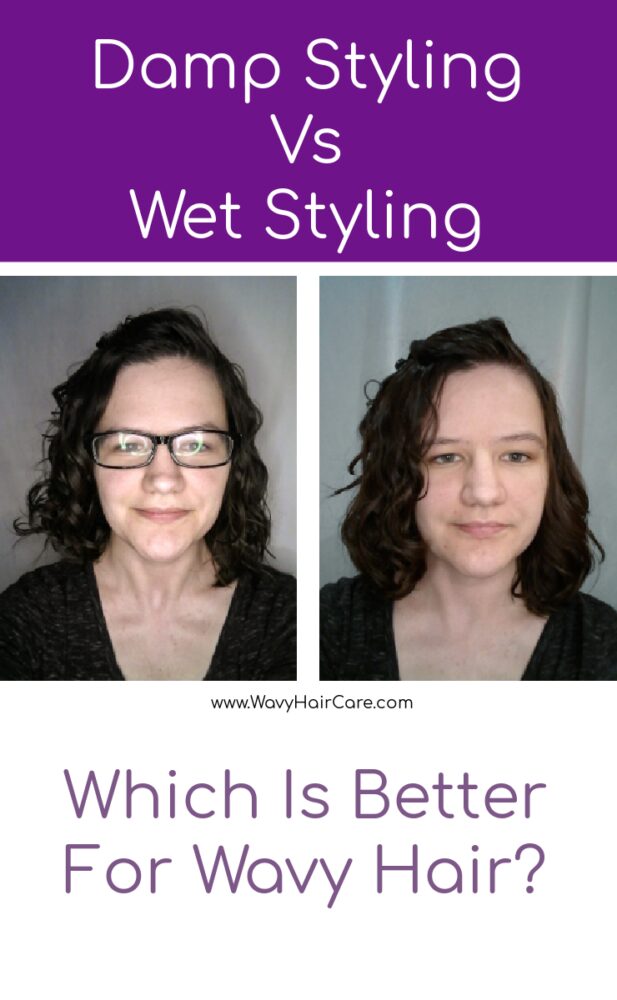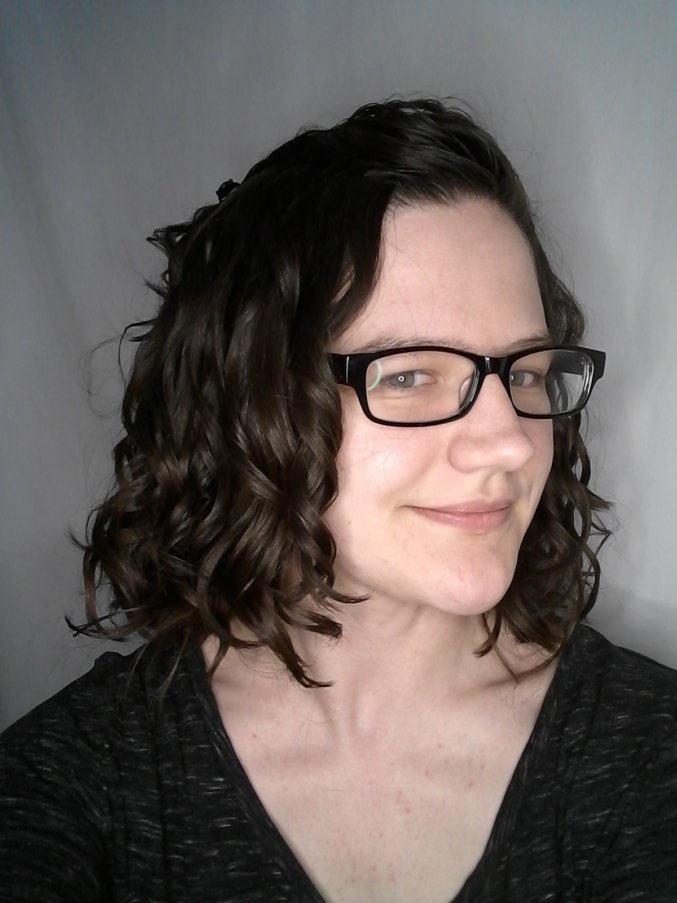I got a couple of comments and emails this week that have made me realize I need to cover some more naturally wavy hair care basics on here! Please continue to leave me comments or messages with any questions that you may have and I’ll keep trying to produce content to help you out.
